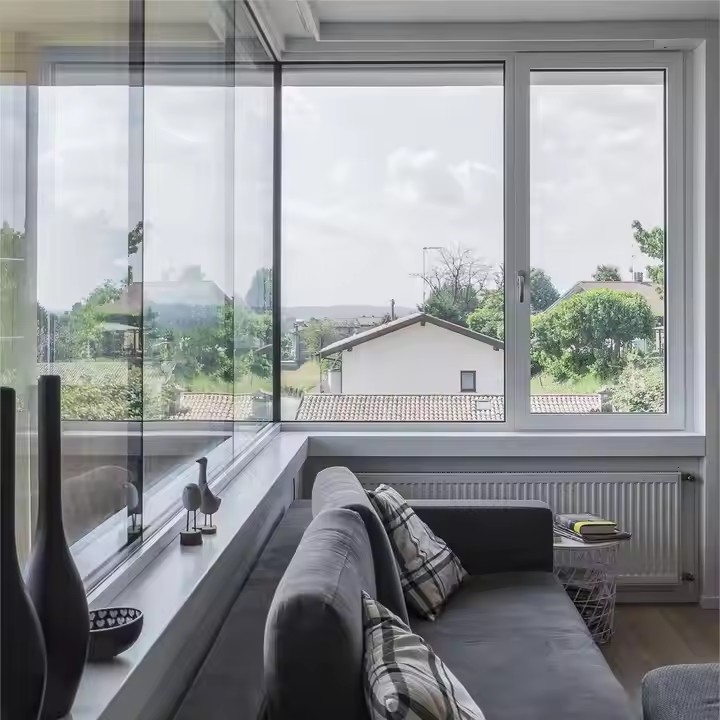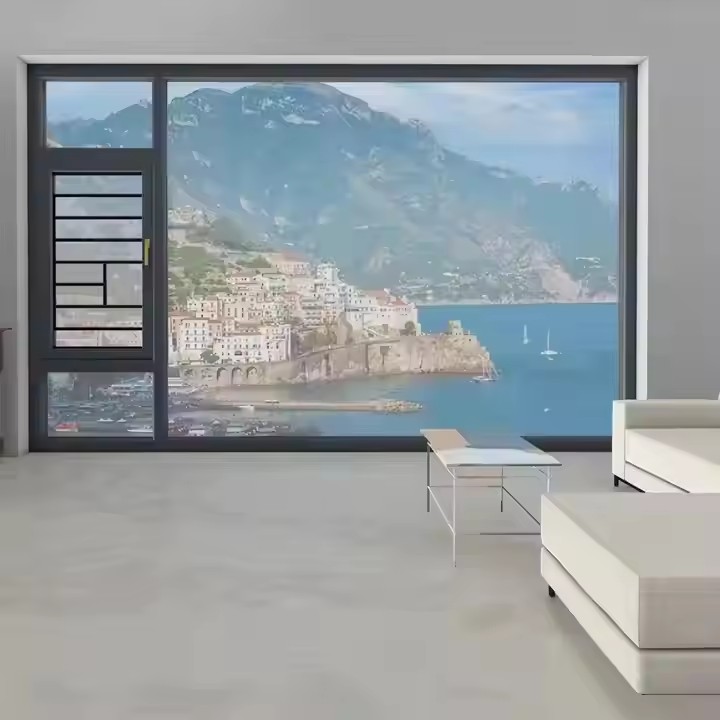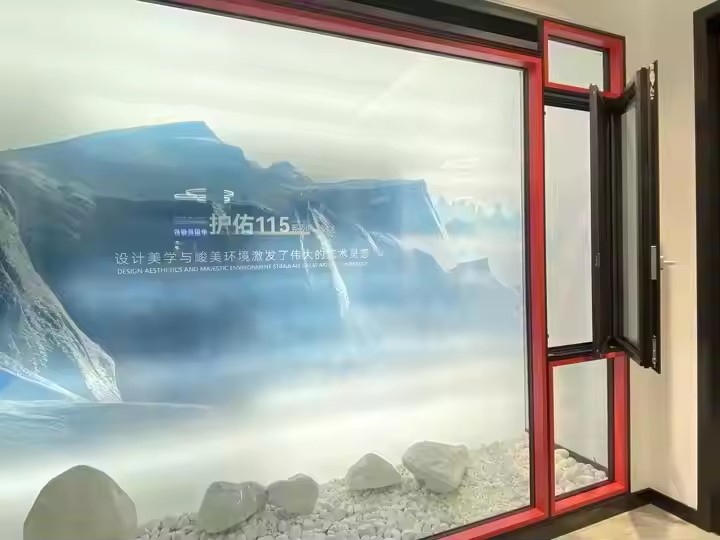- Aluminum Alloy: The “Durable First Choice” for All-Climate Adaptability
Aluminum alloy is the mainstream material in Australia’s sliding door market. Its core advantages are outstanding weather resistance and structural stability, making it suitable for Australia’s diverse climate—from coastal to inland, from scorching summers to cold winters—while also meeting strict safety regulations. This makes it the top choice for most households and commercial buildings.
Climate adaptability: Aluminum’s anti-corrosion + anti-deformation features address Australia’s key pain points. In coastal cities such as Sydney, Brisbane, and Perth, long-term salt exposure corrodes ordinary metals and rots timber, while coated aluminum (fluorocarbon or powder coating) forms a dense protective layer that resists salt spray for 25–30 years. In tropical north Queensland, strong UV rays accelerate material aging, but advanced powder coatings prevent fading or brittleness. In colder southern regions like Melbourne and Tasmania, thermally broken aluminum with PA66 insulation strips reduces heat transfer, and when paired with Low-E insulated glass, U-values can be brought below 2.0 W/(m²·K), exceeding NCC energy requirements and minimizing winter energy loss.

Structural safety: Aluminum’s high strength meets extreme weather demands. Northern coastal Queensland is prone to cyclones, where sliding doors must comply with AS 1170.2 wind load standards (withstanding winds of 150 km/h+). Aluminum frames outperform uPVC and timber in tensile strength and wind resistance, allowing large-panel doors up to 1.5 m wide × 3 m high (e.g., panoramic balcony-to-garden doors) without deformation, maintaining sealing and safety in strong winds. In bushfire-prone regions such as eastern Victoria, aluminum combined with fire-rated glass and flame-retardant seals meets AS 1530.4 fire standards.
Maintenance cost: Aluminum is low-maintenance, well-suited to Australia’s high labor costs. Unlike timber, which needs annual anti-rot and termite coatings (≈AUD 500–1000 per service), aluminum doors require only occasional cleaning. However, non-thermally broken aluminum should be avoided in cold regions, as high conductivity increases heat loss and energy bills. For this reason, thermally broken aluminum has become the mainstream configuration for Australian sliding doors.
- uPVC: The “Cost-Effective Choice” for Energy Efficiency
uPVC (unplasticized PVC) may not match aluminum in strength or aesthetics, but with extremely low thermal conductivity and zero maintenance costs, it appeals to budget-conscious, energy-focused users—especially in applications demanding insulation and noise reduction.
Energy performance: Unlike aluminum, which relies on thermal breaks, uPVC’s multi-chamber profile naturally blocks heat transfer. Its conductivity (λ≈0.16 W/(m·K)) is far lower than aluminum (203 W/(m·K)), meeting NCC thermal requirements across all of Australia without modification. In the north, it reduces cooling loss and lowers summer energy use; in the south, it offers insulation comparable to thermally broken aluminum at just 70–80% of the price. The multi-chamber design also provides strong sound insulation, ideal for city apartments in Sydney or Melbourne.

Climate durability: uPVC resists moisture and UV. In humid regions like Darwin and Cairns, it won’t absorb water, rot, or warp. UV-stabilized uPVC (with TiO₂ additives) withstands strong southern sun without cracking. However, standard uPVC can soften at extreme heat (45℃+), so heat-resistant formulations with stabilizers should be specified in northern climates.
Application scope: uPVC is best for small- to medium-sized sliding doors, avoiding strength limitations. With tensile strength ~50 MPa (vs. aluminum ~110 MPa), single panels should ideally be under 1.2 m wide—perfect for kitchens, studies, or smaller balcony connections, but not for wide panoramic living-room doors. For larger spans, reinforced profiles or steel inserts may be added at a lower cost than aluminum. Aesthetic limitations can also be addressed with surface treatments—woodgrain or metallic finishes now available in uPVC mimic natural timber or modern aluminum styles.

